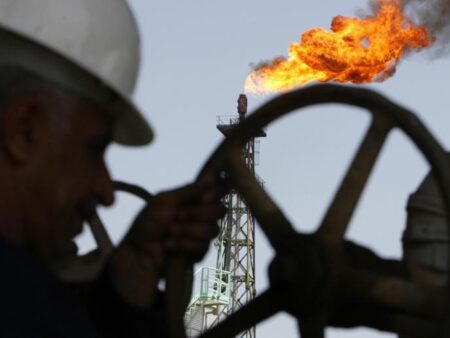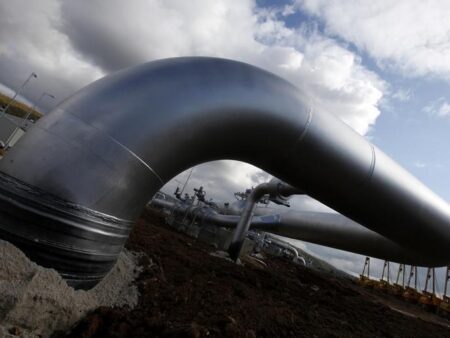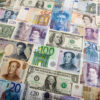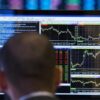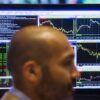By Colleen Howe
BEIJING (Reuters) – A new round of U.S. solar panel import tariffs on Southeast Asian producers is expected to raise consumer prices and cut into producer profit margins, but was largely anticipated by industry, analysts said.
The new duties announced on Friday by the Commerce Department extend the United States’ anti-dumping regime in Southeast Asia to solar cells, from just finished modules previously.
The tariff rise was largely in line with expectations, Citi analyst Pierre Lau said in a note, adding that in the longer term, the duties would encourage more production in the United States, replacing imports.
“PRC module makers generally think the impact limited near term, assuming much of the incremental cost would be passed through to U.S. customers without alternatives,” he added, however.
The determination is the second in a trade case brought by a group of companies, including South Korea’s Hanwha Qcells and First Solar (NASDAQ:), accusing Chinese companies of unfairly selling below-cost solar components into the U.S.
Affected producers may source cells from Laos and Indonesia instead, or take the cut out of their profit margins, said Yana Hryshko, head of global solar supply chain research at consultancy WoodMackenzie.
“They want to stay competitive for the U.S. market,” said Hryshko. “The actual manufacturing cost in Southeast Asia is not that high compared to the prices that they are selling to the United States.”
Chinese-owned solar plants have already popped up in Indonesia and Laos, the key Southeast Asia manufacturing bases not yet covered by tariffs, although industry experts say they may be added once export volumes increase.
In the case of tariffs on Indonesia, the new capacity could be redirected into the burgeoning domestic market, however, Hryshko added, supported by local content requirements.
Some 80% of America’s solar imports, which hit a record $15 billion last year, came from Cambodia, Malaysia, Thailand and Vietnam in 2023.
The Commerce Department calculated anti-dumping rates of 271.28% for imports from Vietnam, 125.37% for Cambodia, 77.85% for Thailand and 21.31% for Malaysia, while major manufacturers have their own company-specific rates.
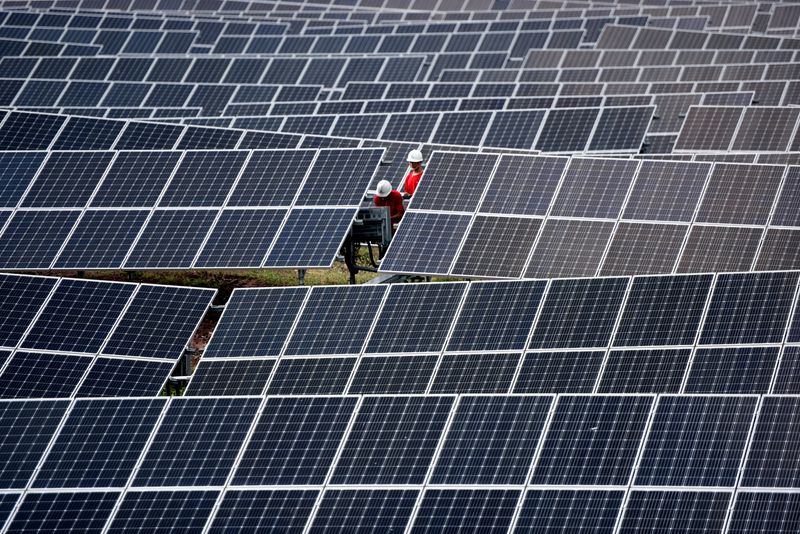
The United States makes up just 4% to 10% of major Chinese module makers’ sales volumes, but a higher share of their earnings, according to Citi.
The commerce department’s final order will be released on April 18, when the proposed duties could be revised.







